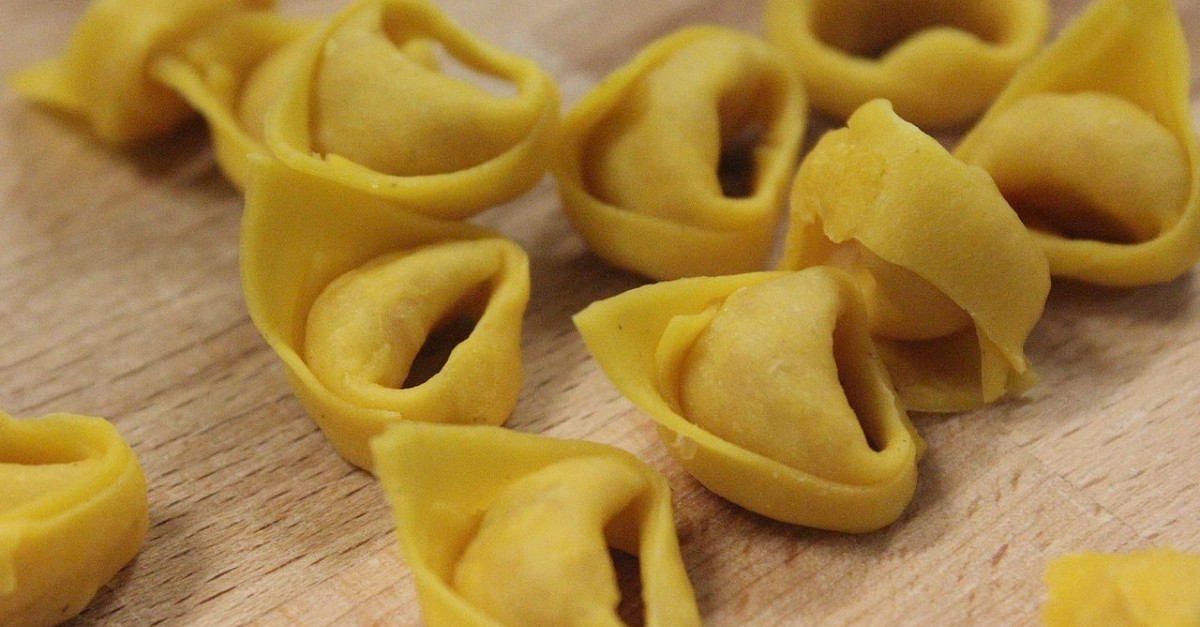One of my low-key resolutions for 2022 was to try cooking new meals. My diet had been pretty monochromatic for a while, and I was hoping to inject a little flavor into my life (literally). So, once a month, I tried something new. I tried my hand at buttered tortellini with mushrooms and spinach. Cooked a delicious baked ham accompanied by cheesy potatoes. I’m particularly proud of how well my grilled scallops turned out!
In the process of discovering my inner Julia Child I also discovered something else – I was becoming more curious. Cooking had encouraged me to think outside the box. It had taught me to take risks, to embrace the messiness of experimentation, and to learn from my mistakes. Sure, not every meal was a scrumptious masterpiece, but I was always glad I’d tried a new recipe. It was the type of hands-on, inquiry-based adventure all educators wish they could share with their students.
Science in the Kitchen
In many ways, Home Economics has taken a backseat to other school subjects. Advancing technology means that STEM lessons often take priority over what many see as domestic education. But Home Economics is brimming with potential STEM opportunities as well as engaging project-based learning. So, if you’d like to spark student curiosity while also imparting some practical life skills, consider trying one of these activities in the classroom:
- Cooking and Nutrition: As mentioned, cooking is a great way to get students engaged, learning about science, and invested in the outcome. Consider teaching students how to make a simple meal while tying the lesson to the science of nutrition. In Blue Apple’s Food for Thought, students learn how a well-balanced diet can help reduce the risk illness, then experiment with healthy recipes to share with their friends and family. Not only does cooking teach them about personal health and nutritional science, but it can also provide them with a healthy snack!
- Sewing and Needlework: Clothing is expensive, and students are constantly finding rips in their socks, pants, or sweaters. Learning to stich up small tears is a useful skill, and it can also save them money! Have students research the average price of clothing (How much does a pair of jeans cost? What about a sweatshirt?). Then, have them calculate the price of thread, needles, and patches of cloth. As they learn to stich, have them compare the total cost of buying new clothing vs. repairing those they already own. They’ll learn math while keeping their hands busy!
- Health and Hygiene: If the last few years have taught us anything, it’s that small acts of cleanliness can go a long way in preventing illness. In the Blue Apple project, Prevent the Spread, students play a game where they attempt to move glitter from one spot to another. The true purpose of the activity is to show how easily germs can be transferred between people and objects. Games like this can help drive home the importance of hygiene. Teachers can then expand upon the science while demonstrating the proper way to wash hands or examining why masks help stop the spread of sickness. A little knowledge can go a long way.
Let’s Get Cooking
The lessons students learn in Home Economics are valuable because they teach skills that will be used throughout their life. At the same time, these everyday household tasks can also inspire their curiosity and creativity while introducing them to the broader world of STEM. So don’t be afraid to go a little old-fashioned in your lessons. Break out the mixing bowl and fire up that sewing machine. Show students how the things they see as chores could lead to a world of boundless discovery!
*Today’s image courtesy of Angelo Muratore via Wikimedia Commons.

